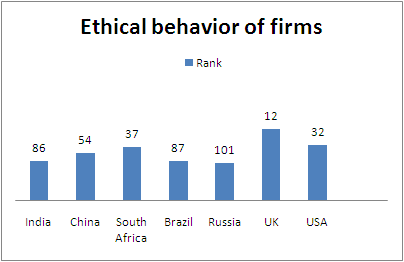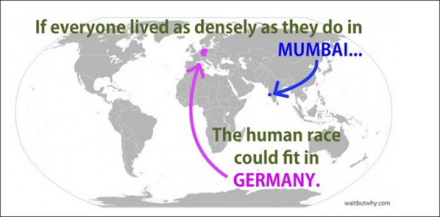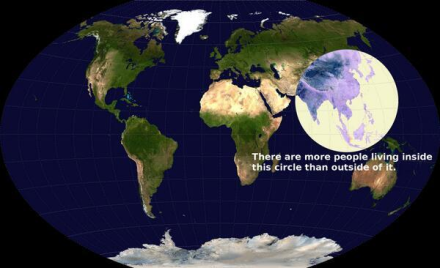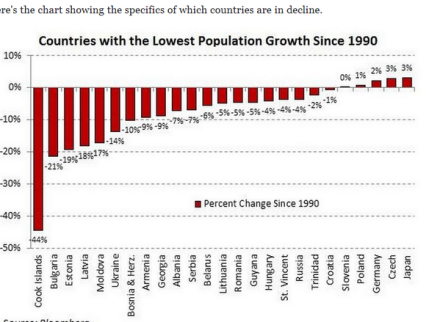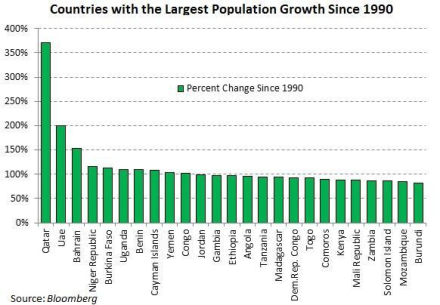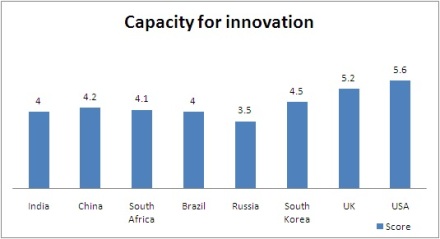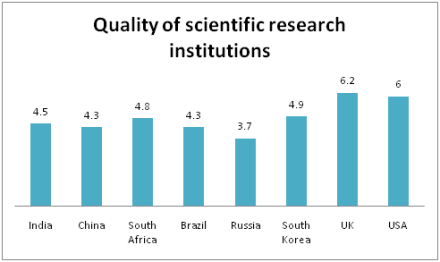So you have been working hard on collating your data and here is your chance to present it to your boss. You have an hour’s slot. Of course you want to present to the best of your abilities and you want to showcase the amount of efforts you have expended on the exercise. This is your opportunity to make an impression! You are diligently putting all the data in your slides and have come up with this killer presentation. Fifty slides with a number of charts and graphs should be good enough to impress your boss. Or is it?
Hold on. A good idea is to step back, rethink and make sure that you have covered all these aspects.

1. Getting the perspective right
The first step is to make sure that you have clearly identified the message you want to communicate and its relevance to business. For example you may want to show a comparison of the change in sales volumes in different regions after a particular campaign or you may want to convince the management about a reduction in Turnaround Time (TAT) that can be achieved by optimizing the production process. Any information you present and how you present it is successful only as long as it communicates the relevant message effectively to your target audience.
